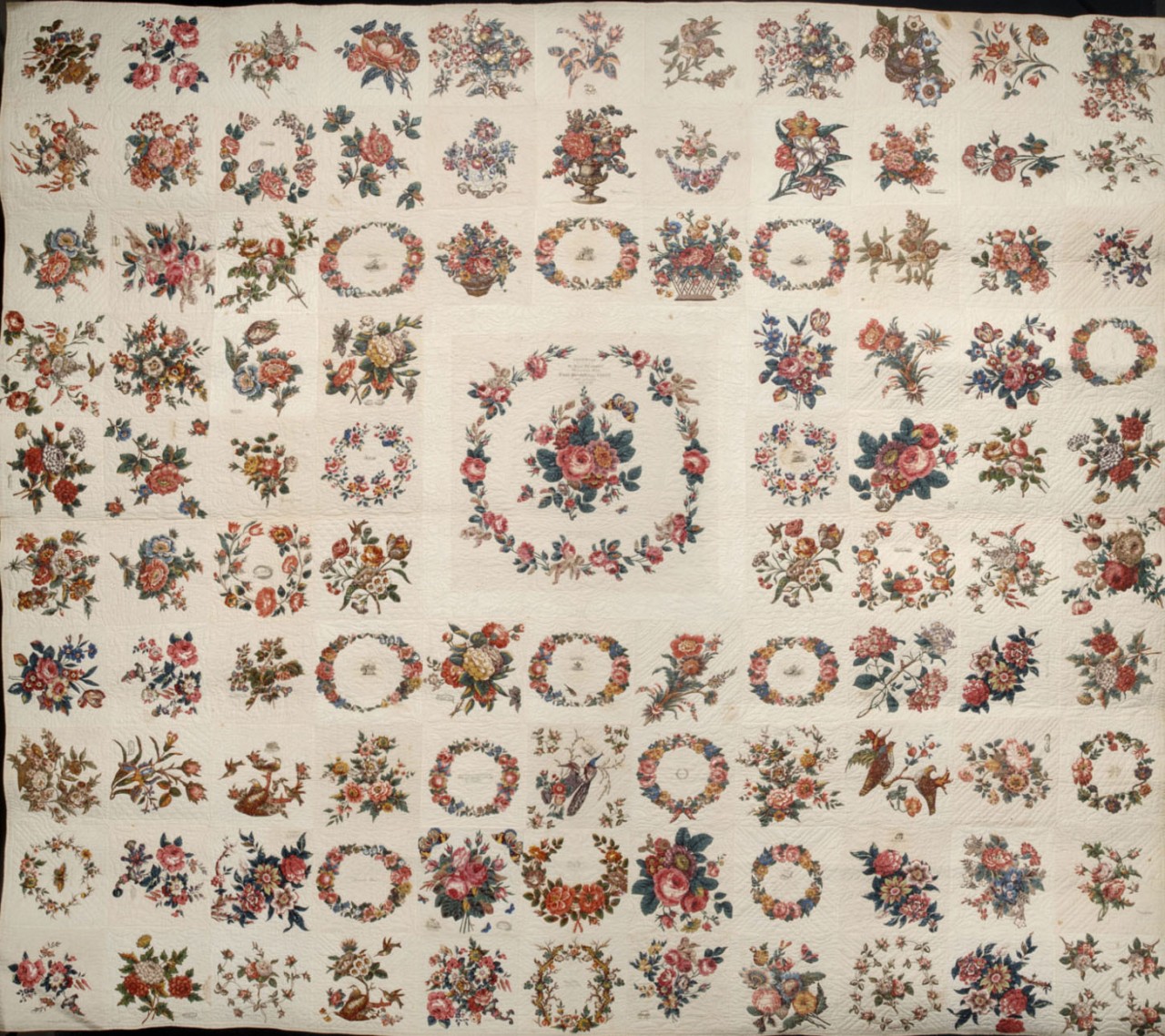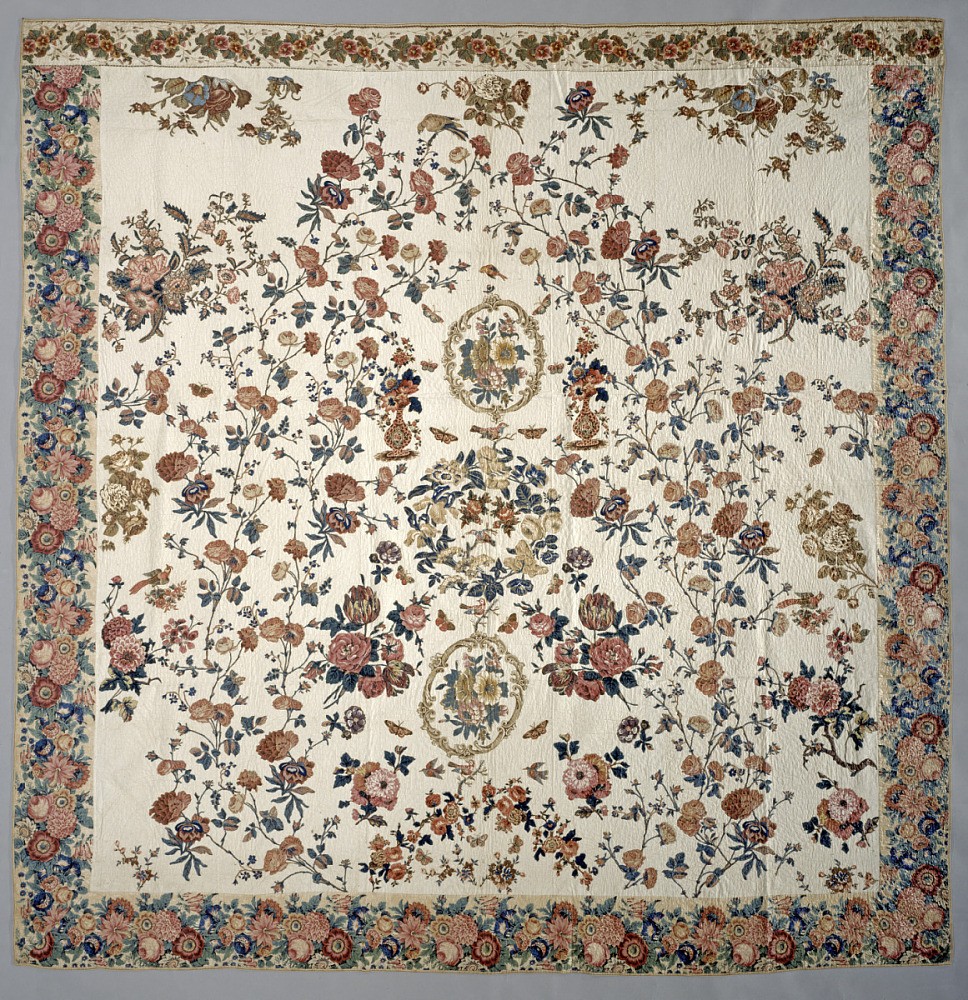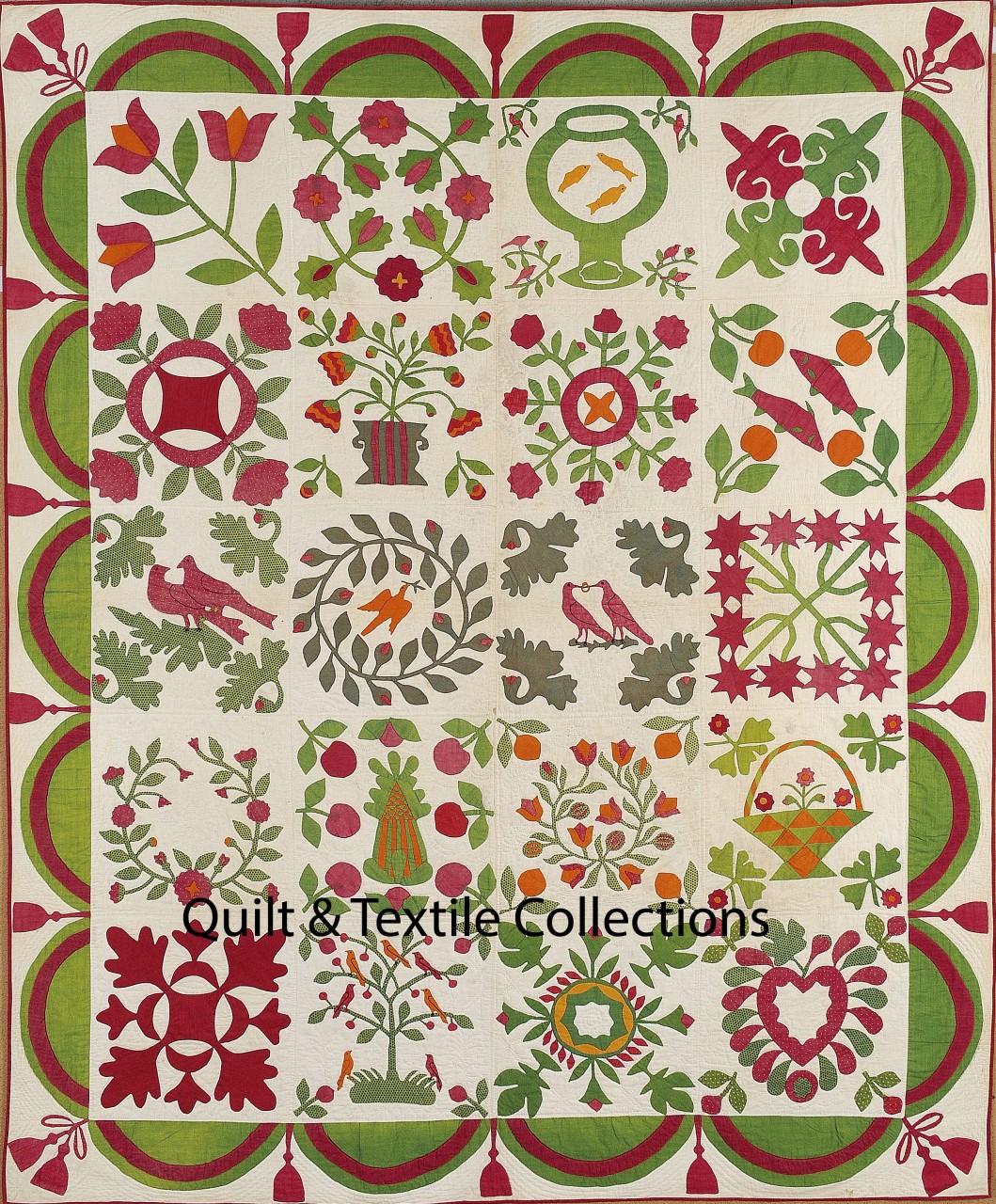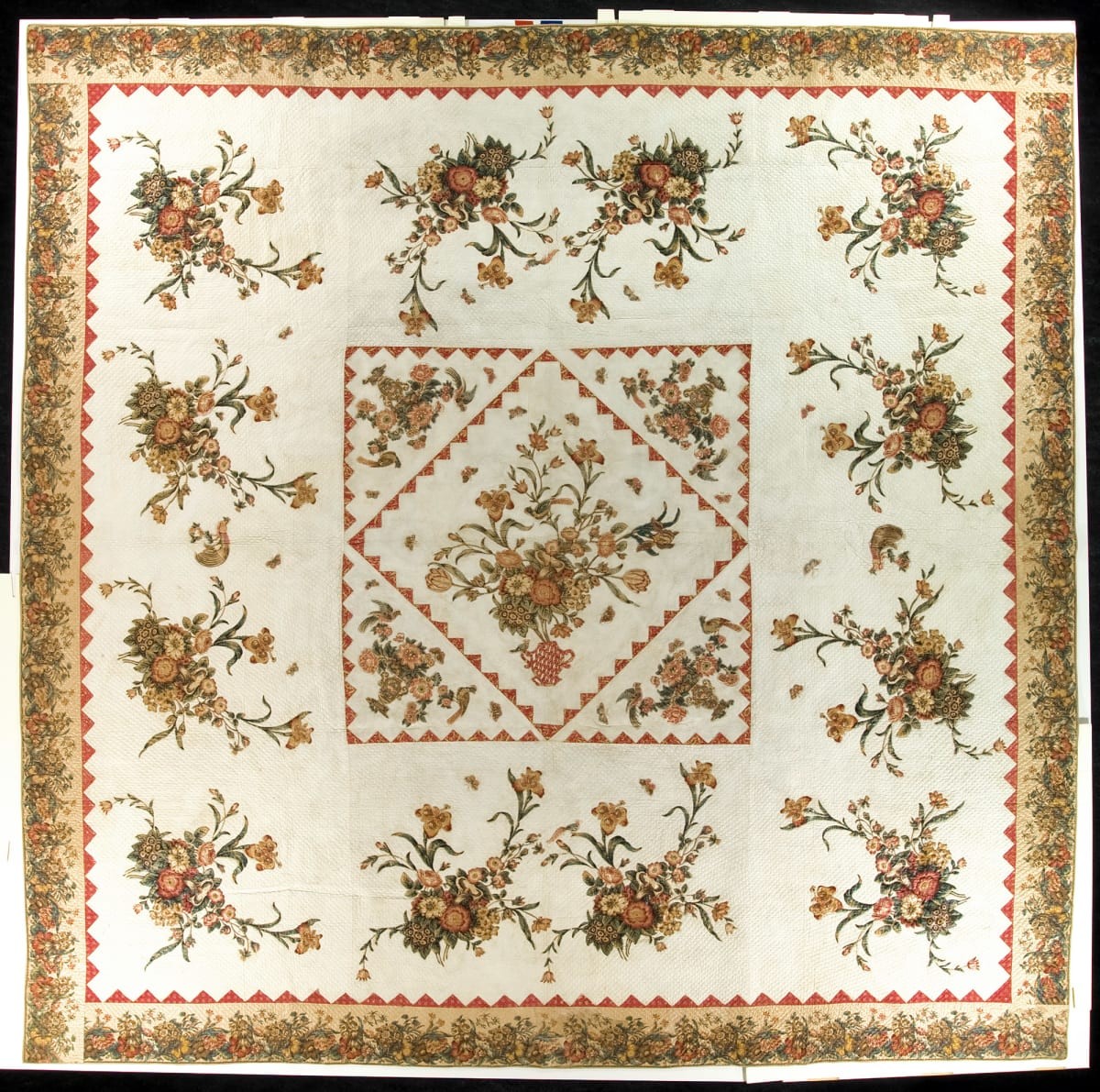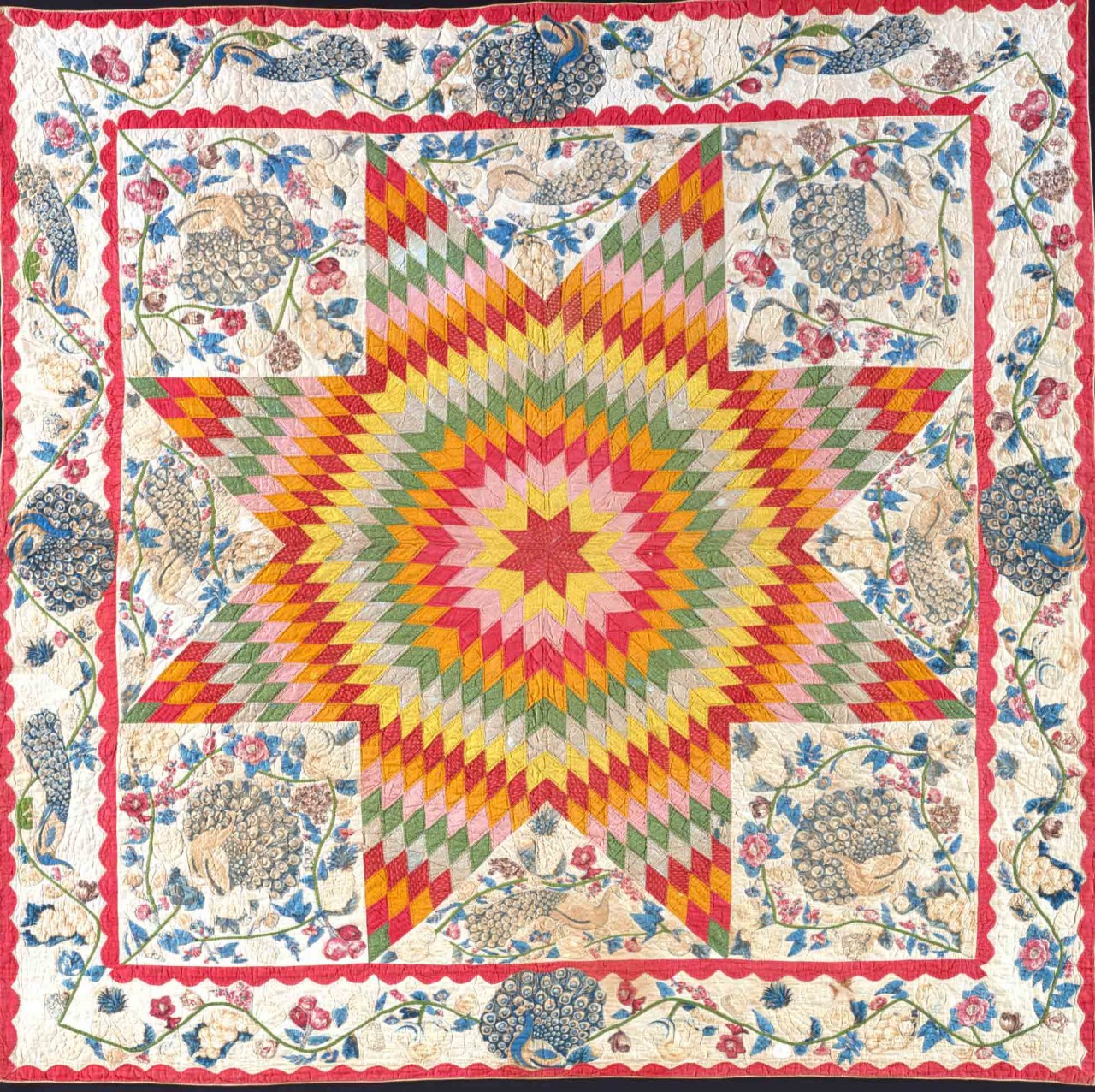
The large central star pattern in a quilt is usually associated with American patchwork, according to the V & A. Although the pattern has been found in other countries, so it isn’t exclusive to America. This pattern is considered one of the older quilt patterns. At this time, no date inscribed quilt using the large central star has been found in the early 19th century. However, dating quilts using the fabric provides many examples after 1820. During the early period of the star pattern, the most frequent name used was Star of Bethlehem which was used throughout the United States. This name of course relates to the large star guiding the wise men to the town of Bethlehem to see baby Jesus. Mathematical Star was the early name used in England and the eastern coast of...


